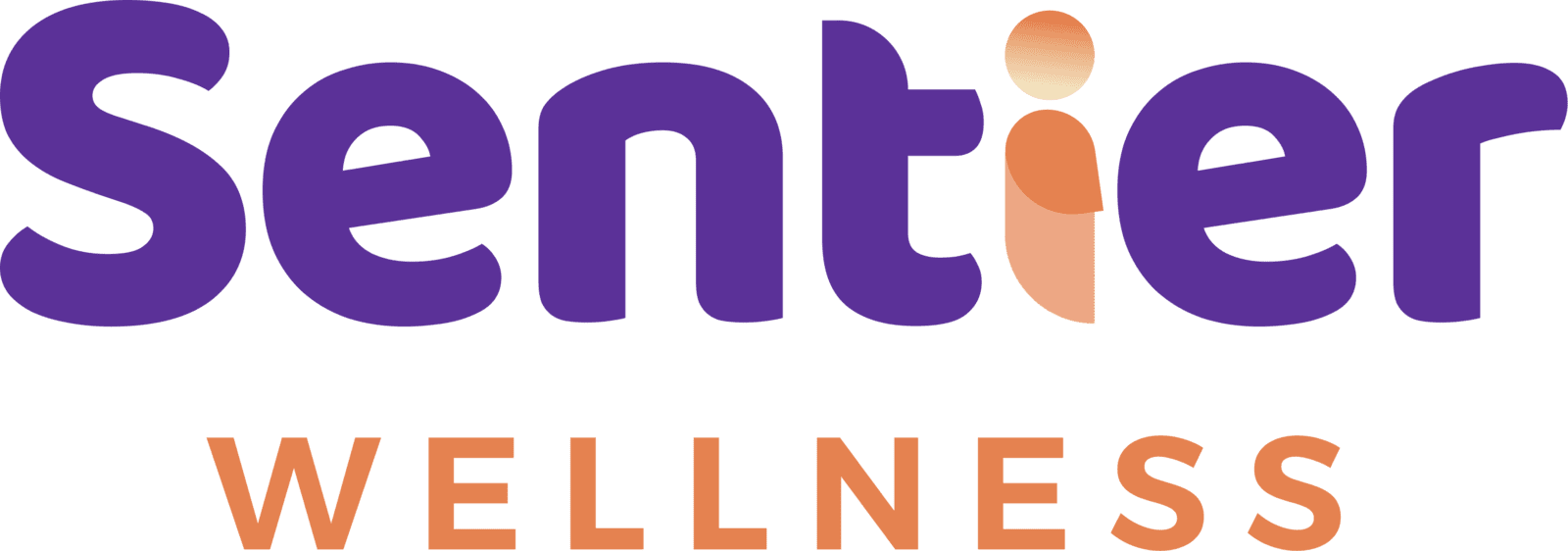People often say, “Friday the 13th is still better than Monday the whatever.” Mondays, for many, are the dreaded start of another cycle of exhaustion and pressure, marking the return to the grind of the 9–5 work life. While not everyone hates their job, many dread the workplace due to experiences far more damaging than just workload or deadlines.
One of the most traumatic contributors to this dread is workplace bullying—an experience that doesn’t just affect job performance but leaves deep emotional and even physical scars.
What is Workplace Bullying?
Workplace bullying is repeated, health-harming mistreatment of one or more individuals (the targets) by one or more perpetrators. It includes:
Threatening, humiliating, or intimidating behaviour
Work interference or sabotage
Verbal abuse
Unlike schoolyard bullying, this often takes place under the structure of an organization and is frequently perpetrated by those in positions of authority.
Common Forms of Workplace Bullying
Assigning meaningless tasks just to assert power
Deliberately choosing difficult situations or timings to set someone up for failure
Ganging up with others to isolate or intimidate a colleague
Exploiting personal vulnerabilities to manipulate or humiliate
Excluding someone from important meetings
Threatening job loss regularly
Giving impossible deadlines or unrealistic targets
Unfair comparisons and unequal treatment
Public reprimands, insults, or obscene language
Constant blame and baseless criticism
These acts are not “just part of the job”—they are toxic patterns of abuse.
How Bullying Affects the Individual
People who are bullied at work often experience:
Shock, anger, and helplessness
Loss of confidence and motivation
Panic attacks or anxiety—especially related to going to work
Psychosomatic symptoms: headaches, stomach issues
Physical symptoms: appetite loss, insomnia
Low morale and poor productivity
Difficulty concentrating
Strained personal relationships
How Bullying Affects the Workplace
When bullying becomes part of a company’s culture, the consequences go beyond individual distress:
Increased absenteeism and turnover
Higher levels of stress across teams
Rising costs for EAPs and recruitment
Increased risk of workplace accidents
Decline in morale and overall productivity
Damage to the organization’s public image
Poor customer service and reduced client satisfaction
What You Can Do
While laws do exist in many regions to address workplace bullying, there are practical steps you can take to regain control and protect your well-being:
Name the experience. Call it what it is—workplace bullying. Acknowledging it helps you stand firm and take action.
Take space and document everything. Take a day off if needed to regain composure. Keep a written log of incidents: include dates, times, what happened, who witnessed it, and the outcomes.
Reach out. Speak to colleagues to understand if they’ve experienced similar behaviours. There is power in collective voice.
Speak up. If you feel safe, directly tell the perpetrator that their behaviour is unacceptable. Bring a supervisor, HR rep, or union member with you if needed.
Keep written proof. Save all communications—emails, letters, messages—from the individual.
Report it. Follow your organization’s official process to report harassment. If your concerns are dismissed, escalate to the next level of management.
Final Thoughts
Every person deserves a safe, supportive work environment. Workplace bullying is not just a “phase” or a “bad boss situation”—it’s abuse, and it’s not okay. Stand up for yourself. Protect your peace. You are not alone in this.
If you or your organization are dealing with workplace stress, bullying, or toxic leadership, we can help.
Contact us to know more about our employee mental health programs, safe workplace consultation, or individual therapy support.


